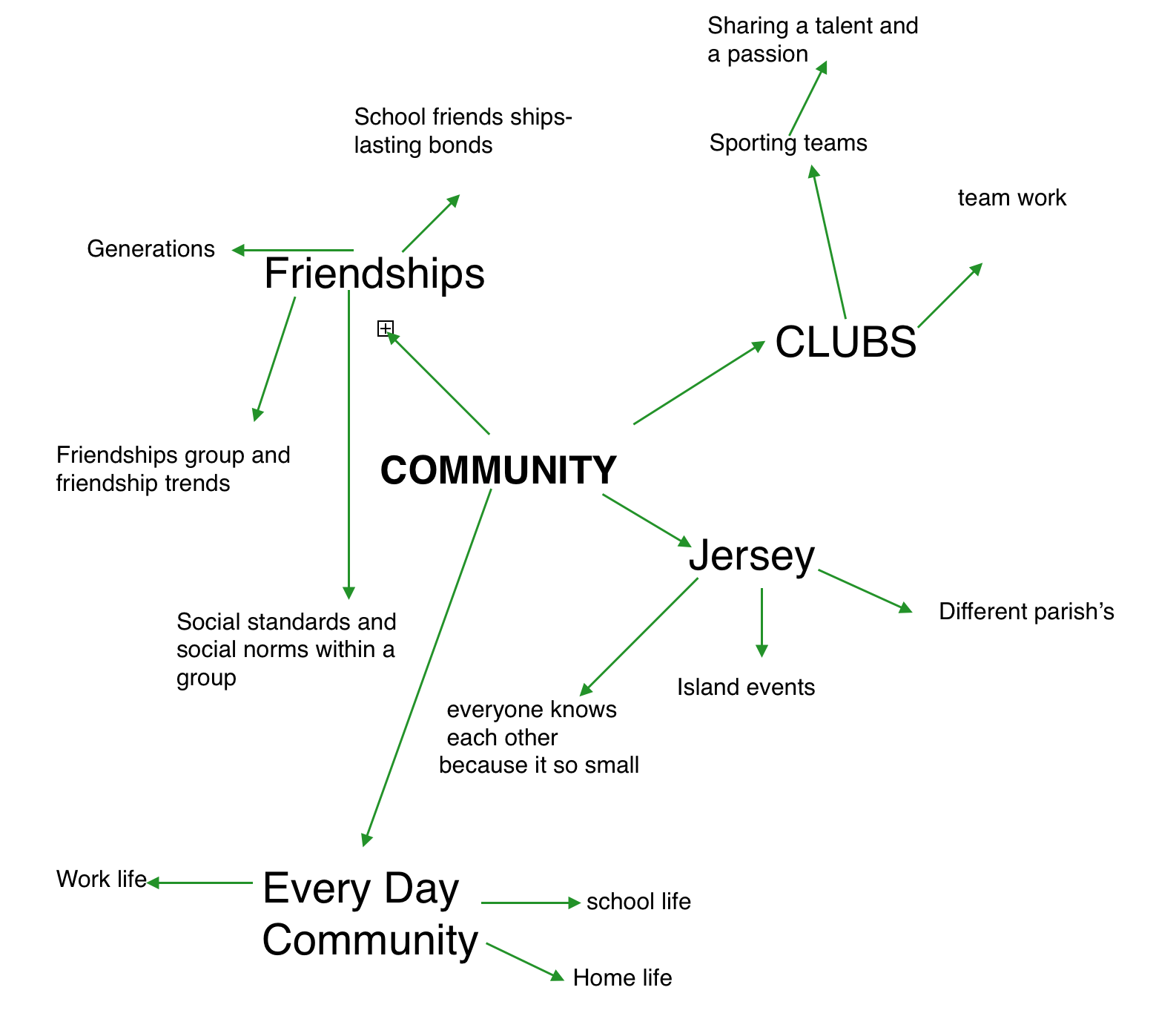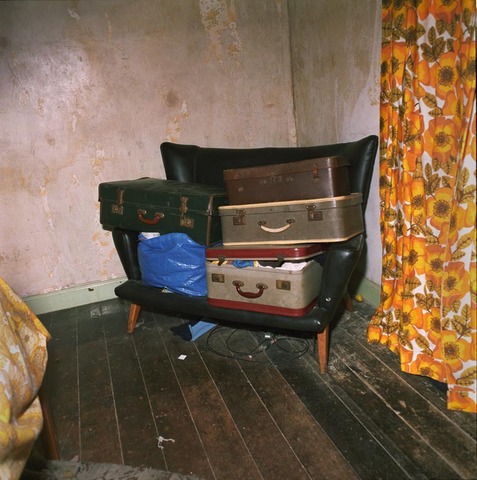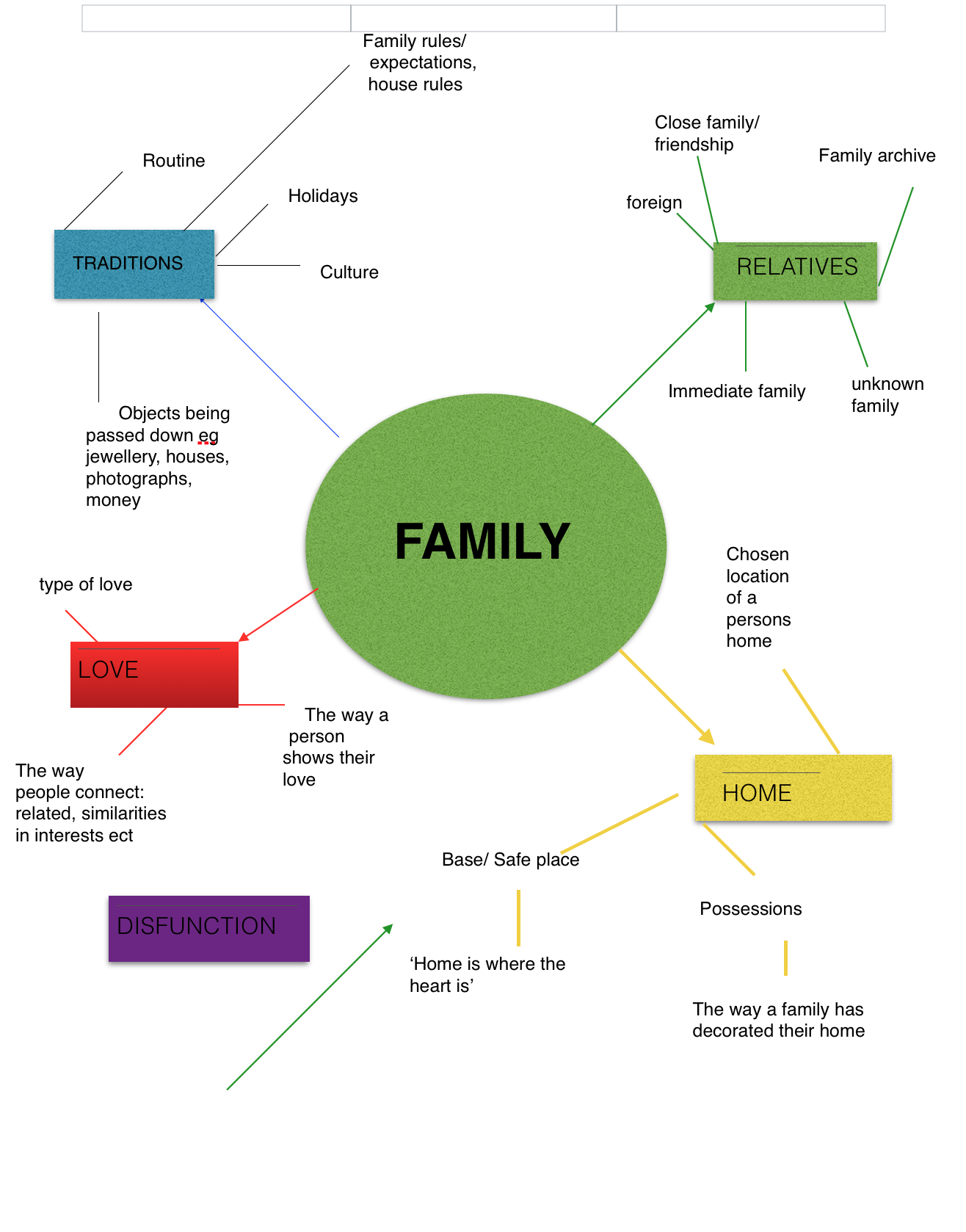- Religious people.
- Church.
- Differences in religion between people.
- Certain Beliefs.
- Having a belief in a unproved thing.
- Ideological views.
- People’s personal items and their significance E.g. Crucifix.
Category Archives: Planning
Filters
Ideas for family:
- Family albums and recreate them.
- Compare old pictures to current ones, such as baby pictures.
- Action shots.
- Document how the environment has changes, for example inside the house.
- Action shots.
- Special occasions like birthdays.
- Weddings.
- Baptisms.
- Different Perspectives.
- Insider point of view.
- Outsider point of view.
- Staged pictures.
- Pictures that aren’t staged.
- Mini documentary short film.
- Short interviews.
- Candid’s of family member’s.
- Notion of love.
- Explore secrets on a certain level.
- Show their beliefs.
- Close friends, how they can think of themselves as family.
- What made them friends.
- Explore their interests.
- Private and public things.
- Diary.
- Sacred objects or things to family members.
- Follow them round for a certain time period, like on the streets.
- Document their hobbies and everyday life.
- Look at their addictions, like alcoholism.
- Positive and negative moments, like arguments and affection shown.
- Look at extended and close family.
- Ask to photograph other people’s families.
- Admire their different cultures and environment.
- Moments in people’s life’s.
- Snapshots.
- Compare and contrast differences between other people’s families and mine.
- Look at difference between my families culture and another one’s.
- Obsessions or collections of certain things – magazines, books, alcohol, clutter, hoarders.
- bored couples -martin parr
- social media taking oveer family time
DOCUMENTARY PHOTOGRAPHY – FAMILY – SHOOT IDEA:
Community
The second theme from ‘Family, Faith and Community’ that I decided to look into was Community. I decided to make a mind map displaying my thoughts about this theme.
My first idea for a photoshoot in response to the theme of community is the idea of everyday life of a teenager. I think this is attractive to me because I am around teenagers everyday and I am very familiar of what they get up too. I usually don’t think anything of these activities however I think they will be interesting to photograph and to compare to the life of an adult. And also compare to the experiences and the activities adults had when they were teens. I would also be interested to investigate the social trends of a friendship group. I find that most friendship groups have similar fashion, hobbies, humour ext. I wish to photograph these trends and present them as my response to community.
My second idea for a community photography shoot is to photograph a community event. I can photograph the activities going on, and try to capture the mood of the people around.
David Moore – Family Artist Reference
From the book ‘Photoworks’, David Moore explores the life of ‘Family and Community of the 1980s‘ Britain. In his project ‘Pictures from the Real World’, Moore elevates the routines of his daily life, stories of his relatives overthrowing the mundane home-based lifestyle of his childhood. Contextually, you retrieve a sense of history from his work, the muted colours which are harsh and sharp reflect the quality of the photography: initially captured at the time of documentation.

Moore’s family which he depicts ceases unease about the more politically manifestations of collecting working class identity. Moore hoped to reinforce the socially stabilising cement of the traditional family structure, strong, and able to stand on his feet financially, then they could have only been perplexed by reality. This brings to question issues relating into Moore’s work. The reader asks themselves: how half hearted were the governments attempts to do much about the social revolution? And what was the scale and speed of change of this lifestyle? I believe that from Moore’s images, you understand the struggles and imperfection of living a working-class lifestyle in the 80s, never the less thought out willingly that this is the only life they’ve ever led.
David Moore’s Pictures From the Real World reminds us that the stock images that are endlessly reproduced this family and life in 1980s Britain was more often captured what was exceptional rather than commonplace about that decade. Moore’s photographs show
Here is a link to an article written by ‘The Guardian’ Entitled: “Photographer David Moore’s dingy, deteriorating Derby is the real deal”.-http://www.theguardian.com/artanddesign/2013/apr/10/photographer-david-moore-real-world
“This chronicler of 80s working-class England peers behind closed doors to capture a community indelibly marked by Margaret Thatcher.”
Sean O’Hagan, the producer of this Article writes on the chronicles of Moore’s life. My most favoured quote:
“That it does stop is down to Moore’s social conscience, which is on the side of the marginalised whose lives, under Thatcher, were rapidly becoming more precarious – and have remained so ever since. You could say that Moore’s photographs record the the beginnings of a new social class recently dubbed the precariat.”
DOCUMENTARY PHOTOGRAPHY – FAMILY – PHOTO SHOOT IDEAS:
Family Pictures I Took:
In order to explore the theme of family, I decided to take some pictures of my extended family. I went to my aunt and uncle’s house to do so. Since they were at home, I was able to capture more natural moments due to their familiarity and comfort in that environment. I took most of images in an amateur manner. It didn’t really matter whether the composition was perfect. I wanted to photograph with a casual approach, just like Richard Billingham did for instance. I made sure to experiment with different zoom lenses and angles. I also took staged and un-staged images, meaning my family didn’t have to pose.
I visited them on two different occasions. The first time I went, I mainly captured them outside, whilst we were having a BBQ. My parents were also there that day and the atmosphere was very different.
The second day, I shot them inside, in the lounge and dining room. They were doing ordinary things, for example my cousin was playing games and my aunty was doing house chores. I also caught some social interactions, like when my uncle played with my cousin.
Here are some examples from the first occasion:
Here are some pictures from the second occasion:
Artist references for family:
In this post I’ll be exploring at least two photographers, that explore the theme of family. I’ll also be analysing some of their best images and commenting on compositional elements, the aesthetical components and others.
The first artist that I’ll look at is Larry Clark and seconds Sally Mann. Both of these photographers were mentioned in my previous post ‘film notes on family’. They both have very different styles, which can be seen in their work.

Larry Clark has got a very specific style in which he photographs family. His photography is described as Confessional. Confessional work is very personal and shows honesty. It’s also referred to as a diary. Clarke’s an insider and not an outsider, which gives him a great opportunity. The audience truly gets a feel for what it’s like to be in his family.
Growing up in a very poor environment, his mannerisms and behaviour were affected by this. He was always surrounded by junkies, hustlers and alcohol users. He quoted: Once the needle goes in, it never comes out’. Clark displayed a risky and shocking exhibition called ‘Tulsa’, which is where I got these images from. Some may say that it’s an exploitation. Most of these pictures were black and white, so this gives it a different ambience.

I think that this picture above is very deep. I believe that there is a lot of meaning to it. Clark’s captures a very chaotic and busy family scene. The trio in the bathroom seem to have chill expressions, yet their body language says differently. Also, the small child leaning against the wall, seems very stressed. The way she’s crutching the doll or baby shows that she might be scared. There seems to be a very good contrast here. The bright white wall separates the outer shadows in this image. There is also a man smoking a cigarette. For me this picture communicates a very distraught and bad environment. It may be unstable to have a child there, and it appears that they are party-goers that like to have fun.

Moving on, I’ve selected this image from the ‘Tulsa’ series again. This is a particularly famous example of Larry’s many photographs. For me, this whole-body portrait has a certain vibe to it. When looking at this, people could stereotypically assume the following keywords: gang affiliation, danger, self-protection, etc. The black and white tones give this picture a very soft look. Also the face that the man is played perfectly in the middle of the frame is aesthetically good. The rule of thirds are quite well aligned. The mans pose doesn’t necessarily look natural. It’s possible that Clark assigned the man this certain position. Nevertheless, the expression on the males face looks sincere. I think that Larry was trying to show the type of lifestyle that he lives in. The fact that he has a gun says quite a lot, so it may show his struggles and what lead him to that point.

Sally Mann, photographs on a very different way. She photographed in a Collaborative manner. Her and her three children would help her to make these pictures so compositionally beautiful. The people which she collaborated with, had to hold a certain expression, they themselves, had to make the effort. Mann lived on a farm and spent her whole life there. She produced a great variation of family pictures whilst she was there. Sally quoted: “it’s always been my philosophy to try to make art out of the everyday and ordinary…it never occurred to me to leave home to make art.”

In this first image, I can begin to analyse some common features. Mann always seems to photograph in black and white. She includes many sharp and soft contrasts which may have been created with natural light, since they’re outside.
To me, her photographs look very natural, yet also well planned out. Her family portraits have a professional look to them. The expressions on the members faces are distinct and look honest. Sally said: “Every image is in some way a ‘portrait’, not in the way that it would reproduce the traits of a person, but in that it pulls and draws, in that it extracts something, an intimacy, a force.”
Aesthetically, and this applies to both images, I think that Mann captures the true essence of natural moments. She manages to catch beautiful snippets, which are taken just at the right time. Her family has quite symmetrical faces. This is seen as attractive, on an international level, therefore her images work well. Although these pictures have been taken outside, there seems to be a very soft bounce of highlights. All of these elements add up to create an aesthetically pleasing image. Mann stated: “ If I could be said to have any kind of aesthetic, it’s sort of a magpie aesthetic—I just go and pick up whatever is around. If you think about it, the children were there, so I took pictures of my children. It’s not that I’m interested in children that much or photographing them—it’s just that they were there…”.

In the second image, a small child is seen laying on a man. She seems to be fast asleep, and the fact that she’s asleep gives her relaxed appearance. The holding of the hands represents love. The angle this is taken from, is quite high up, and it cuts of at her waist. I think that the photographer was trying to show a common situation, which normally happens on summer days, maybe that the child has had so much fun and is now tired, for example. Sally Mann quoted: “Some of my pictures are poem-like in the sense that they are very condensed, haiku-lik. There are others that, if they were poetry, would be more like Ezra Pound. There is a lot of information in most of my pictures, but not the kind of information you see in documentary photography. There is emotional information in my photographs.”
My first idea
Whilst thinking about the theme of Family in class, I decided that I thought a main feature of family life is home. Home is a place which everybody returns to after school, or work ect. It is a place where the people who know you best live and base their lives around. I decided that I would like to involve my grandparents house in my project as my dad and his brothers grew up there, so there has been a life time of memories created in that house.
My Grandparents have recently moved out of their family home and have moved to a new build in Le Hocq. These houses have been built to create an estate for over 55’s. I will be photographing them moving into their new house and unpacking their boxes, and how they decorate their new house to make it their home. Their are essential Items that my grandparents need to make their house their home. Some of these items may be my Grandparents chairs; my Grandma’s reclining armchair and my Grandpa’s wooden chair that he likes to watch the rugby on. Other items may be my Grandpa’s Piano and the family photographs.
As well as photographing my Grandparents moving into their new house, I would also like to dig into my family archive to find some photographs from when they first bought their house, and how it has changed over time. I will speak to my grandparents, my dad and my uncles and ask them about their most memorable times spent at their house, and I will see if i can find any photographs which captures their memories. I think it is a good idea to use the family archive in this project, as it will give me a wider breadth of photographs.

































